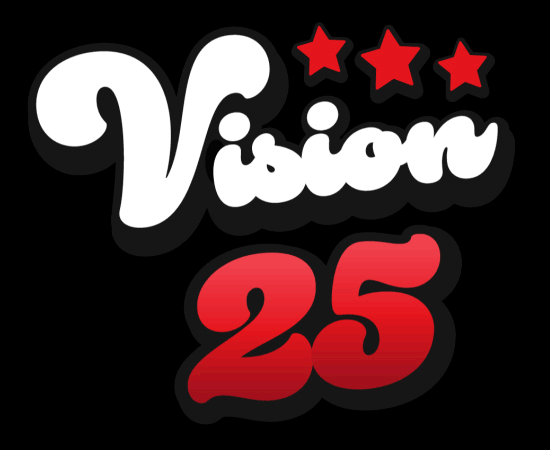CARES Act Relief Basics
The CARES Act stands for Coronavirus Aid, Relief, and Economic Security Act. This act is intended as a way to help individuals and businesses alike to make it through this uniquely difficult time. Most people are familiar with this act due to the fact it provides $1,200 per adult and $500 per child, but the business sections are going to be the most crucial to propping up the economy.
The CARES Act has four main section of relevance to most small businesses. There is the Paycheck Protection Program, the Economic Injury Disaster (EID) Loan Emergency Advance, SBA Express Bridge Loans, and SBA Debt Relief. Each of these has their own conditions and benefits which we cover more thoroughly in our webinar series. These are all primarily intended for companies with fewer than 500 employees.
Paycheck Protection Program (PPP)
The Paycheck Protection Program (PPP) is a loan intended to help your company keep its employees (and for them to keep getting paid). This loan rewards you by offering forgiveness if you keep your employee headcount roughly static, or quickly rehire employees. You also need to keep from cutting salaries to qualify.
The loan doesn’t specifically need to be used for payroll, but at least 75% of the loan amount must be applied to payroll, rent, mortgage interest, or utilities. The important thing about this loan is that the SBA will forgive it if you keep all employees on the payroll for 8 weeks and use the money as required. The forgiveness drops off with the headcount and with wage cuts.
This loan has a 2 year maturity period at a 1% interest rate. You can apply for it through any SBA 7(a) lender, or through a federally insured depository institution, federally insured credit union, or participating Farm Credit System institution. The amount is going to vary, but unlike some loans, you don’t need to provide collateral.
Economic Injury Disaster Loan Emergency Advance
The Economic Injury Disaster Loan Emergency Advance (EID Emergency Advance) is a $10,000 advance for qualifying businesses in order to help them get through this time. This advance does not need to be paid back, but it may be used to pay off other loans from the SBA. This is basically on par with the $1,200 payout to individuals, but for small businesses (and with some requirements to receive it).
If you or any businesses you support don’t bother with any other options from the CARES act, at least apply for this one. It’s basically free money to keep you afloat. There are some stipulations to it, and certain types of businesses are excluded (legal gambling, strip clubs, etc.). Anyone affiliated with lobbying or politics is excluded as well.
SBA Express Bridge Loans
SBA Express Bridge Loans are loans made to be quickly available to businesses which already have a relationship with a SBA Express Lender. These loans can be up to $25,000, and the EID Emergency Advance from before will be used to pay this back. This loan type is made to facilitate getting cash to a business quicker than some of the other processes.
SBA Debt Relief
The SBA will provide debt relief for various loans depending on certain conditions. As we saw with the PPP before, the loan will be forgiven entirely if certain conditions are met. The SBA isn’t just limiting this to the PPP though. Per their page:
As part of SBA’s debt relief efforts,
The SBA will pay the principal, interest, and fees of current 7(a) loans for a period of six months.
The SBA will also pay the principal, interest, and fees of new 7(a) loans issued prior to September 27, 2020.
Applying These as an MSP or B2B Service
If you’re an MSP (or any other B2B service), your business’s health is tied to your client’s businesses. You can’t live on an island away from everyone and everything in the economy and expect to thrive. Work with your clients to help them through this time and to help them get access to these resources. Their success is your success.
If nothing else, apply for the Economic Injury Disaster Loan Emergency Advance. If you work with more stable industries, consider the Paycheck Protection Program as well. Everyone is hurting from this pandemic, but there is some relief which can help get us through some of the harder parts.
Work with your clients and see if you can’t keep them going or supported during these trying times. They’ll remember your generosity and assistance for years to come. Businesses will close down, clients will fail, but you have to do what you can to save your business so that you can support those who are struggling. See our webinars for more information on what you can do for your business and your clients to help make it through this pandemic.
Don’t miss The 20’s webinar: Coronavirus Stimulus Package – What it Means for your MSP


